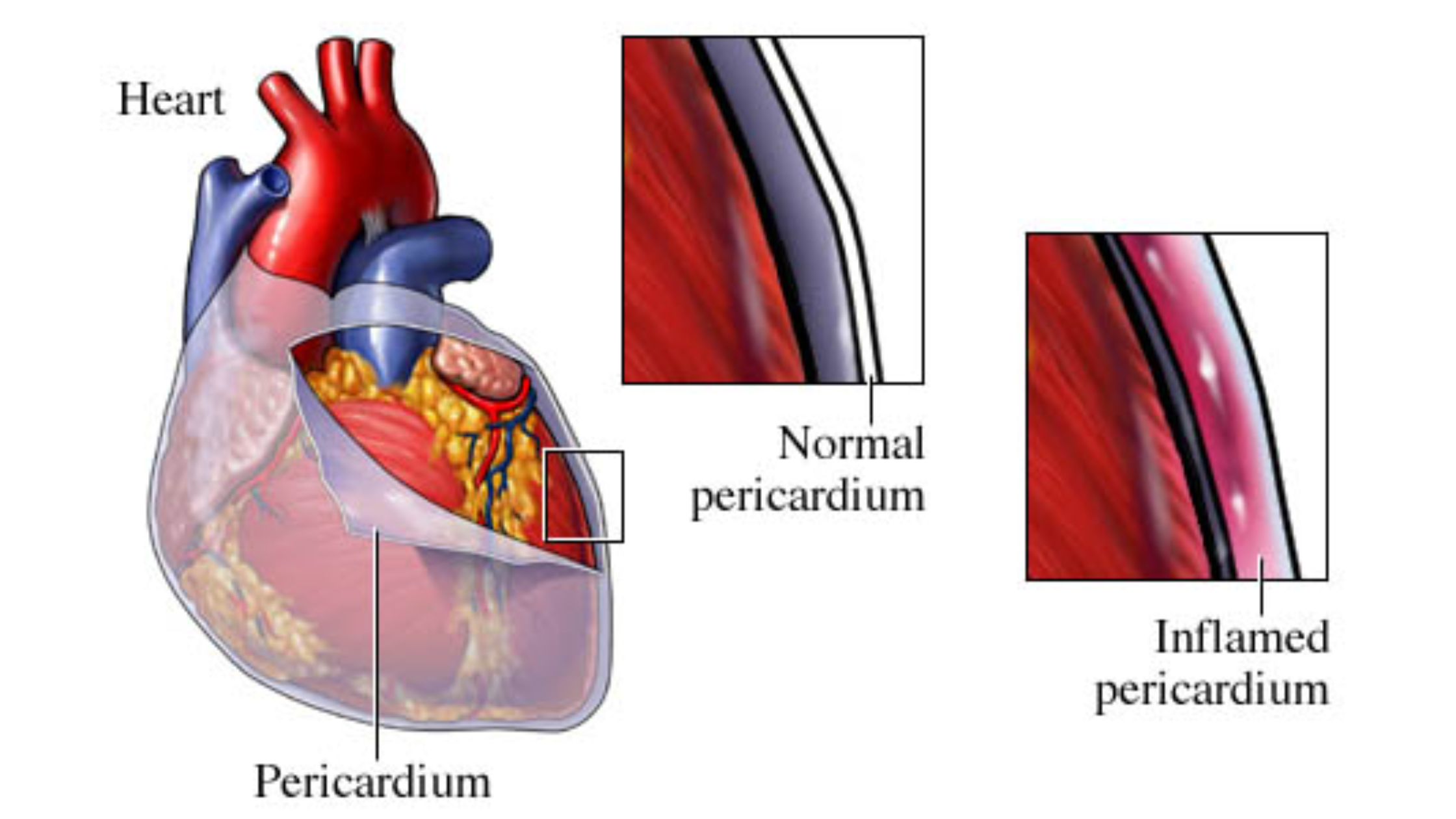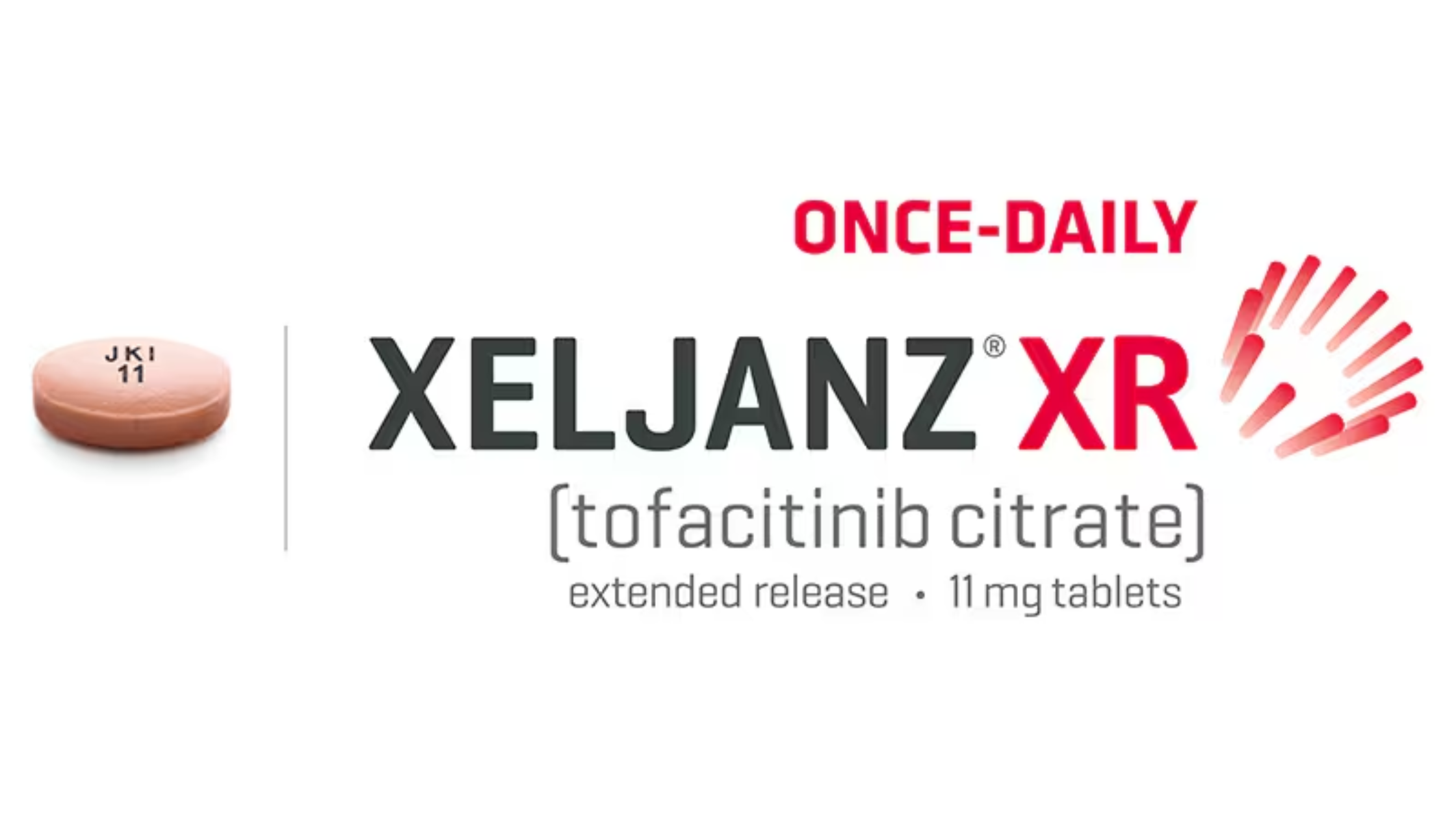Last updated on July 15th, 2025 at 09:44 am
Pneumonia treatment antibiotics are essential in combating this serious respiratory infection. In this comprehensive guide, we will explore the most effective antibiotics for pneumonia, how they work, and the guidelines for their use.
Pneumonia is a severe infection that inflames the air sacs in one or both of your lungs. These air sacs may fill with fluid or pus, causing cough, phlegm, fever, chills, and difficulty breathing. While various factors can cause pneumonia, bacterial infections are among the most common, making Pneumonia treatment antibiotics critical.

Pneumonia at a Glance
Before diving into the Pneumonia treatment antibiotics, it’s important to understand the condition itself. Bacteria, viruses, and fungi can cause pneumonia, and even inhaled substances. The most common bacterial cause is Streptococcus pneumoniae. Other bacteria, such as Haemophilus influenzae and atypical bacteria like Mycoplasma pneumoniae, can also cause pneumonia.
Antibiotics for Bacterial Pneumonia
When it comes to treating bacterial pneumonia, antibiotics are the antidote that targets the underlying bacterial infection. The choice of antibiotic depends on several factors, including the patient’s age, the severity of the infection, and whether the pneumonia was acquired in the community (community-acquired pneumonia, or CAP) or in a healthcare setting (hospital-acquired pneumonia, or HAP).
1. Macrolides
Macrolides, such as azithromycin and clarithromycin, are often prescribed for CAP, particularly for patients who are otherwise healthy. These antibiotics are effective against a range of bacteria, including Streptococcus pneumoniae and Mycoplasma pneumoniae. Macrolides work by inhibiting bacterial protein synthesis, thereby stopping the growth of bacteria.
2. Fluoroquinolones
Fluoroquinolones, such as levofloxacin and moxifloxacin, are broad-spectrum antibiotics effective against many types of bacteria. They are often used for patients with CAP who have comorbidities or for those who have not responded to first-line treatments. Fluoroquinolones inhibit bacterial DNA synthesis, leading to bacterial death.
3. Beta-lactams
Beta-lactam antibiotics, including penicillin derivatives (like amoxicillin) and cephalosporins (such as ceftriaxone), are commonly used for treating pneumonia. They are particularly effective against Streptococcus pneumoniae. Beta-lactams work by disrupting the bacterial cell wall, leading to cell death.
4. Tetracyclines
Tetracyclines, like doxycycline, are another option for treating bacterial pneumonia, especially when dealing with atypical bacteria like Mycoplasma pneumoniae. These antibiotics inhibit protein synthesis, which prevents bacteria from multiplying.
5. Aminoglycosides
Aminoglycosides, such as gentamicin, are used in severe cases of pneumonia, often in combination with other antibiotics. They are particularly useful for treating infections caused by Gram-negative bacteria. Aminoglycosides work by inhibiting bacterial protein synthesis.
Guidelines for Antibiotic Use
The correct use of Pneumonia treatment antibiotics is crucial and preventing antibiotic resistance. Here are some guidelines to consider:
1. Diagnosis and Testing
Proper diagnosis is essential before starting antibiotic treatment. This usually involves a physical examination, chest X-ray, and sometimes sputum cultures to identify the causative bacteria.
2. Initial Empiric Therapy
For CAP, initial empiric therapy (treatment started before the exact cause is known) often involves a macrolide, a beta-lactam, or a combination of both. The choice depends on the patient’s history and local resistance patterns.
3. Tailoring Treatment
Once the causative agent is identified, antibiotic therapy should be tailored to target that specific organism. This might involve switching antibiotics based on culture results and antibiotic susceptibility testing.
4. Duration of Treatment
The duration of antibiotic therapy for pneumonia typically ranges from 5 to 10 days, depending on the severity of the infection and the patient’s response to treatment. Shorter courses are often sufficient for mild cases.
5. Monitoring and Follow-Up
Patients should be monitored for improvement within 48-72 hours of starting antibiotics. Lack of improvement may indicate the need for a change in therapy or further investigation.
Special Considerations
Certain populations require special consideration when it comes to antibiotic treatment for pneumonia.
1. Children
Children with bacterial pneumonia are often treated with amoxicillin or macrolides. Pediatric dosing differs from adult dosing and requires careful calculation.
2. Elderly Patients
Elderly patients may have comorbidities and weakened immune systems, necessitating broader coverage and possibly a longer duration of treatment. Fluoroquinolones or a combination of beta-lactams and macrolides are commonly used.
3. Patients with Comorbidities
Patients with underlying health conditions such as chronic obstructive pulmonary disease (COPD), diabetes, or heart disease may need broader-spectrum antibiotics and closer monitoring.
4. Hospital-Acquired Pneumonia
HAP often involves more resistant bacteria, requiring different antibiotics such as piperacillin-tazobactam, cefepime, or carbapenems. Treatment duration may also be longer.
Preventing Antibiotic Resistance
Antibiotic resistance is a growing concern globally. To combat this, it’s important to use antibiotics responsibly:
1. Complete the Course
Always complete the prescribed course of antibiotics, even if you start feeling better. Stopping early can lead to incomplete eradication of bacteria and resistance.
2. Avoid Unnecessary Use
Pneumonia treatment antibiotics should not be used for viral infections like the common cold or flu. Misuse contributes to resistance.
3. Follow Your Doctor’s Prescriptions
Take antibiotics exactly as prescribed by your healthcare provider. Do not skip doses or take extra doses.
Pneumonia is a serious condition that requires prompt and effective treatment. Pneumonia treatment antibiotics play a crucial role in treating bacterial pneumonia, serving as the antidote to bacterial infections. By understanding the different types of antibiotics and following guidelines for their use, we can effectively treat pneumonia and combat antibiotic resistance.




Thanks for sharing. I read many of your blog posts, cool, your blog is very good.